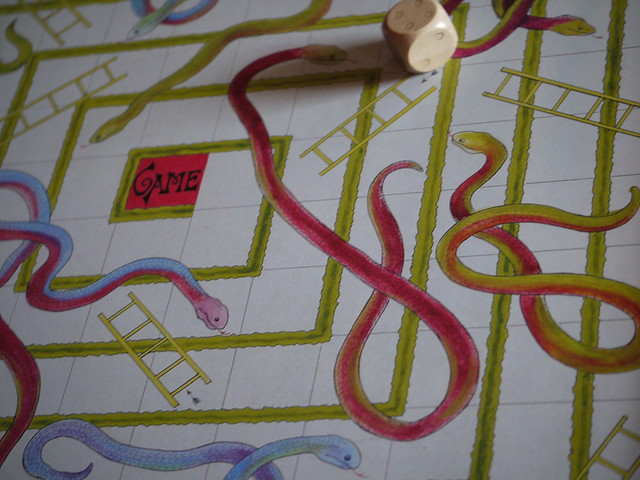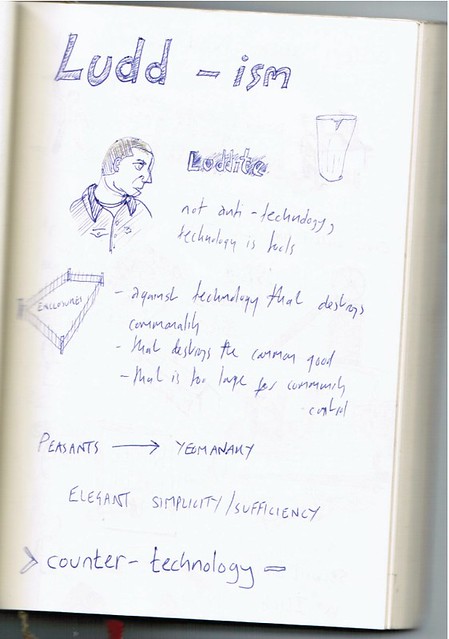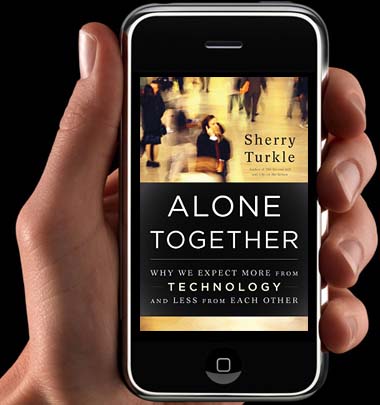I'm quite happy with the rectangle representation for the cards, as I have seen younger students use it a lot to do reasoning, and get a better sense of what the fraction is.
I often think of number sense having several parts:
- understanding the number as a quantity
- being able to flexibly represent the number
- being able to compare two or more numbers
- being able to compose and decompose the number flexibly
It's very possible that the last two bullets are not actually part of understanding the number, so much as they are activities that deepen the first two characteristics, but I don't see the point in distinguishing them.
The game is very simple. Each player has a hand of three cards, plays a fraction onto the line of cards arranged least to greatest, and captures the lower adjacent card if they were able to play in between. Here's the rules and an example:
Playing this week with Mr. Schiller's class, I thought maybe this would be a chance to focus on the rules aspect of a game. I asked what might make the rules for a game good, or understandable, and they had no idea. It took a bit of rephrasing just to get across my question. I got the sense that I was not starting at the beginning, and switched tacks. Instead of demonstrating it first, I asked them to read the rules and then tell Mr. Schiller and I how to play.
It was challenging. Not very engaging, switch from the normal routine, and really communicated to me that I have to or maybe just should do some equipping to get them to be independent game players before working on teaching them designing. The class leaders got the idea, and taught the game to us and the rest of class. Mr. Schiller trounced me which they very much enjoyed. It was the terrible draws, I'm telling you.
 Actually playing the game, though, students played pretty intently, though playing a couple games was enough for some. One interesting thing was what they went on to play. We suggested war or high-low-war for some, but one group used the cards to play their own version of Flower Power, a rational number ordering game from MangaHigh. (A lot of my favorite free computer math games are there; teachers register students and can track their progress.) Another group just wanted to put all the cards in order to make as long a streak as possible. Then they were noticing patterns about which cards were in the set and which weren't.
Actually playing the game, though, students played pretty intently, though playing a couple games was enough for some. One interesting thing was what they went on to play. We suggested war or high-low-war for some, but one group used the cards to play their own version of Flower Power, a rational number ordering game from MangaHigh. (A lot of my favorite free computer math games are there; teachers register students and can track their progress.) Another group just wanted to put all the cards in order to make as long a streak as possible. Then they were noticing patterns about which cards were in the set and which weren't.After the game, there was one good suggestion for a new rule: if you have two no-play turns in a row, you can swap in your whole hand for a new one.
Students made lots of good connections with the representations, and used them to compare fractions. Not too many got to the point where they were developing a strategy on where to play, but far enough that they would choose scoring plays over easy plays.
To summarize I put up some of the comparisons I had seen. All the students did well on comparing like denominators, like 3/8 and 5/8. They also were mostly solid on comparing like numerators, like 2/5 and 2/3. We talked for a bit about 2/3 and 3/4, and they used the nice strategy of how far from a unit they were, but the class couldn't figure out together how 7/10 compared to those two. Mr. Schiller let them know they'd keep the cards so they could play again later. He was impressed how well they played even though they had covered little of this in class beforehand.
Game Evaluation:
- Goal(s) -spot on. Really addresses important ideas.
- Structure - representation, ordering for the comparison, and some strategic depth that requires the numeric understanding.
- Strategy - present.
- Interaction - high in interaction, as what you are able to play and what you choose to play are both influenced by the opponent.
- Surprise - the card game aspect helps with this and with catch up.
- Catch-Up - check.
- Inertia - the game ends quickly enough that most students want to continue playing. Because strategy deepens and fact knowledge increases with more play, it has pretty good replay value.
- Rules - seem clear enough for the students to make sense of, but it was better modeled than read.
- Context: Fun-Flavor-Hook. No context, not sure if it would help. More professional cards would be something; I had some paper decks and some cardstock, and the students preferred the cardstock. Talking about the rectangles as brownie pans was interesting to them... so maybe you could contextualize it. I think it's better as playing cards.



















